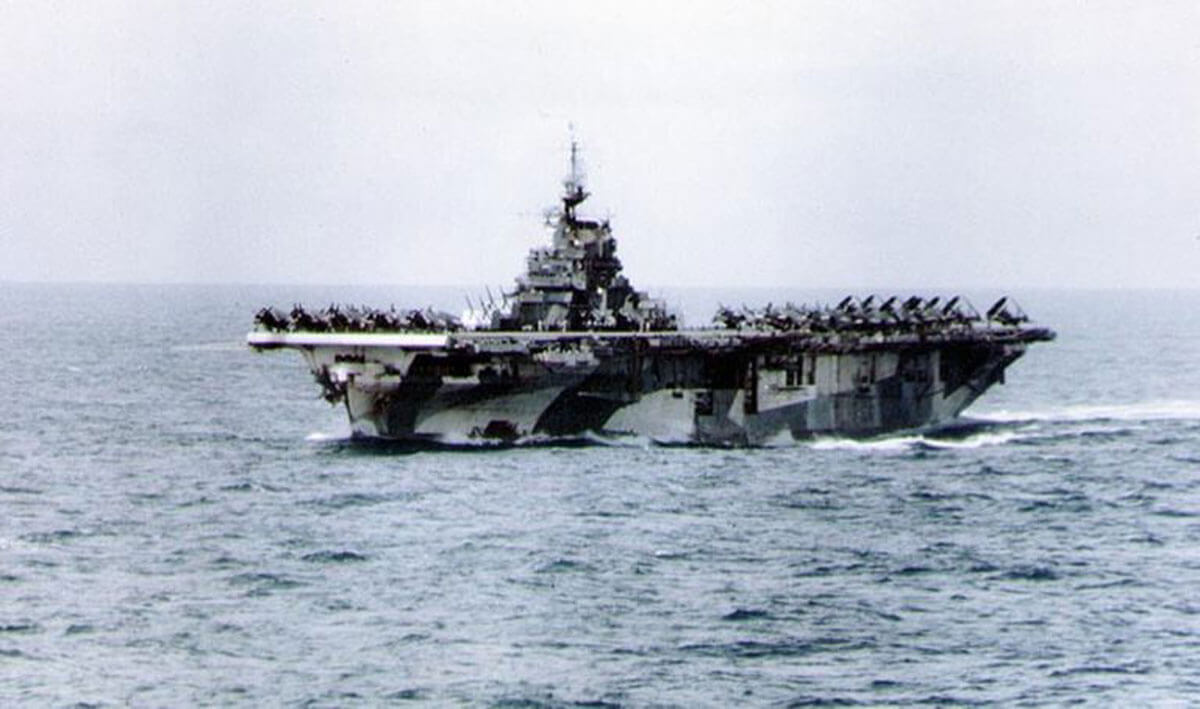USS Hornet (CV-12) Asbestos Exposure

Hull Number: CV-12
Type: Aircraft Carrier
Class: Essex
Built: Newport News, VA
This 872-foot Essex-class Aircraft Carrier was built by Newport News Shipbuilding, and was commissioned in November 1943. Originally named the USS Kearsarge, the USS Hornet was renamed to honor the previous ship Hornet, which had been sunk in October 1942.
The ship conducted operations in the Pacific Theater of World War II, and went on to serve in the conflicts in Korea and Vietnam. It also played roles in the Apollo program, recovering astronauts as they returned from the moon, and in Operation Magic Carpet, which repatriated U.S. troops after the end of the Second World War. The Hornet was decommissioned in 1970, and today exists as a museum in Alameda, CA.
Many who served aboard the USS Hornet were likely exposed to asbestos during the course of their regular duty. Asbestos was a common material used on ships built between the 1930’s and 1970’s, and was found in equipment such as pumps, valves, boilers, turbines, and electrical components.
Materials such as gaskets and packing were also made from asbestos. Because these items were found in an especially high concentration in the boiler and engine spaces, Machinist’s Mates, Boiler Tenders, Firemen, and others who worked in these areas were put at an elevated risk.
The companies who sold these asbestos products to the Navy were often aware of the risks they posed, but did nothing to warn the veterans who would be at risk. As a result of this negligence, many veterans fell victim to mesothelioma; a deadly cancer caused only by exposure to asbestos.
Veterans diagnosed with mesothelioma have the right to seek compensation for the suffering they have endured. Settlements can offset or cover medical fees, as well as provide additional sums for pain and anguish experienced by victims and their families.
The law places limits on the time a lawsuit can be filed however, so it is important to seek legal counsel soon after being diagnosed.
